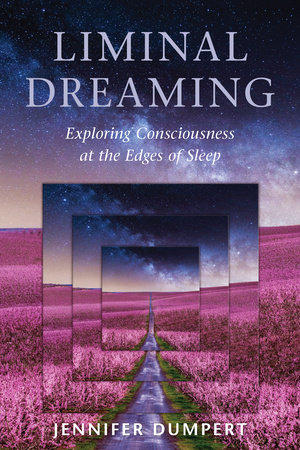A consciousness and dream hacker explains how to use liminal dreaming—the dreams that come between sleep and waking—for self-actualization and consciousness expansion.
At the edges of consciousness, between waking and sleeping, there’s a swirling, free associative state of mind that is the domain of liminal dreams. Working with liminal dreams can improve sleep, mitigate anxiety and depression, help to heal trauma, and aid creativity and problem-solving.
As we sink into slumber, we pass through hypnagogia, the first of the two liminal dream states. In this transitional zone, memories, perceptions, and imaginings arise in a fast moving, hallucinatory, semi-conscious remix. On the other end of the night, as we wake, we experience hypnopompia—the hazy, pleasant, drift that is the other liminal dream state.
Readers of Liminal Dreaming will learn step-by-step how to create a dream practice outside of REM-sleep states that they can incorporate into their lives in personally meaningful ways. Liminal dreaming practice is also far easier to learn than lucid dreaming practice, making it possible for the reader to begin working with these dreams this very night.
